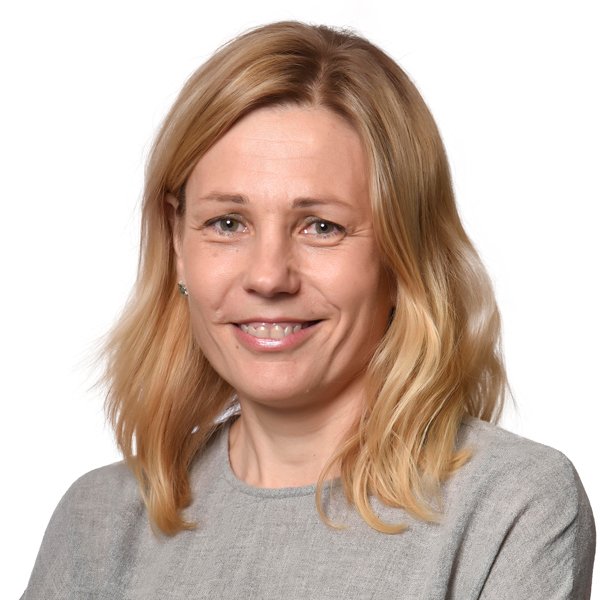Library guides
Subject: Information and Communication SciencesComputer science, Multimedia and TelecommunicationsData Journalism
We present the discipline of data journalism, with multi-disciplinary professionals, from the world of journalism, computing and design, who locate, compile, communicate and put data into context in a world of excess information. Its aim? To answer questions and generate knowledge: to discover stories that are explained with data. Here you will find introductory content, examples of success, tools for professional practice and organizations that promote this trend in journalism.

Tools
It has the collaboration of journalists and entrepreneurs who accept the new information challenges brought about by technology. The quality of the data and the capacity to create new information are key points in this initiative's mission.
Data capture
Ran Geva and Guy Mor are the ideologues of this project used by entrepreneurs, scientists and researchers. They extract data from media groups, blogs, forums, e-commerce products, information from the dark web and radio and television programmes.
Managed by the CKAN Association, they offer the user a catalogue of resources, with a large amount of metadata that makes it easy to use.
Processing, cleaning, analysis...
It is hosted in GitHub, a platform for GitHub developers, where you can develop code, manage projects and build software with other contributors.
This was a project by the Universities of Berkeley and Standford, which they considered complete. It is now a commercial project: Trifacta.
Since 2012, Google has not supported this project, which is managed by volunteers. With the book Using OpenRefine, this tool can be used by following the examples supplied. This same site provides a visual introductory guide.
Based on a spreadsheet, Statwing makes it possible to shuffle data, create charts and pivot tables and write formulas. A simple language enables anyone to use it.
Visualization
It enables the transformation of data by just copying and pasting from a spreadsheet and using the application templates.
It is one of the many options offered by the company Qlik, which works on providing solutions based on data analysis and management to improve its client's decision-making processes.
Produced by journalists and for journalists, this application does not require knowledge of any programming language or design skills. The same website features articles that guide the user on how it works.
Offers the user a list of predefined templates to which you can add content and modify the structure in a flexible manner. It also has a catalog of icons and images categorized by subject area that allow you to personalize infographics and export to PNG and JPG. Note that with the free version, you get a small Piktochart watermark on the bottom of the PNG / JPG downloads.
Tableau
Some courses use Tableau to work with information and data visualization. Here you will find some usefull resources to start working with Tableau software.
Data visualization software to prepare and publish engaging visual work made from data.
Open source software for Windows that has some free tools for creating data visualizations. Once you have downloaded the software, upload a spreadsheet or CSV file and create a variety of interactive data visualizations types, including heat maps showing density of an activity by location), Venn diagrams to show associations, bar charts, line graphs and others.
Data visualization works gallery made with Tableau.
Learning and support resources for Tableau users.
Practical guide to learn to convert data to engaging visualizations with Tableau.
Jones, B. [Ben]. (2014). Communicating data with Tableau. O'reilly Media, Inc. https://learning.oreilly.com/library/view/communicating-data-with/9781449372019/?sso_link=yes&sso_link_from=Catalunya
The market for BI and for analytics platforms changed the leadership going from a purely technological perspective to a more updated analytical view of business. This Gartner report presents the main platforms, analyzes and assesses their market positioning.
Librarians responsible for this library guide
Neus Malagarriga
Operative subgroup: Librarian for Information and Communication Sciences Operative group: Library for LearningLis Balcells
Operative subgroup: Librarian for Computer Science, Multimedia and Telecommunications, vocational training Operative group: Library for Learning



